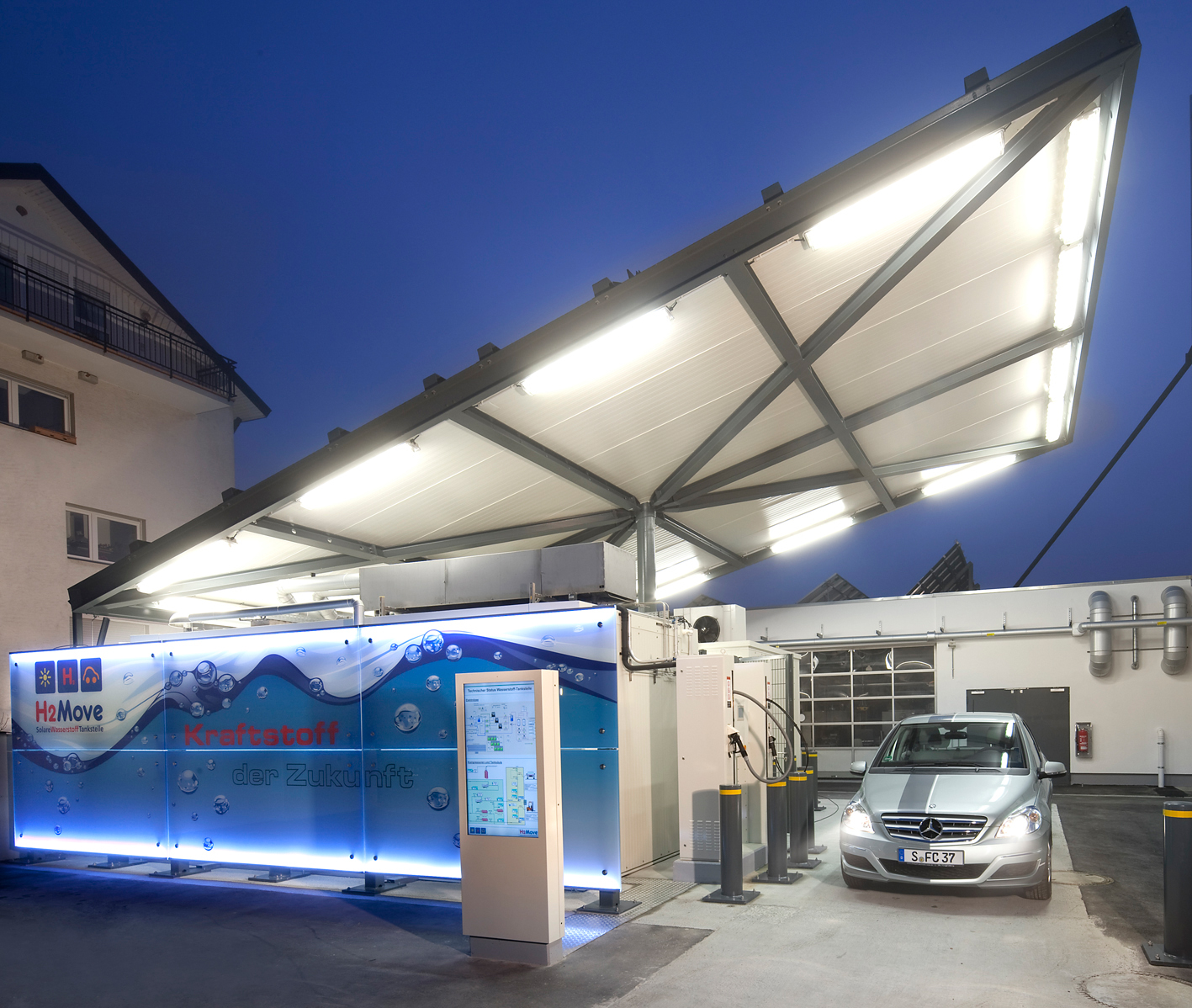When hydrogen is used directly in fuel cell vehicles, the three major considerations are efficiency, safety and reliability. In the Eco-CC project, which is funded by the State of Saxony, Fraunhofer IWU is working with partners to develop a cost-effective and reliable concept for measurement and control. This will ensure that the system reaches its optimal operating parameters quickly and precisely. Researchers are also optimizing the load management system for the fuel cell and working to improve economy, efficiency and durability.
Instead of utilizing hydrogen to power fuel cell vehicles, gaseous hydrogen can also be used to produce liquid fuels via methanol as a platform chemical. Combustion of these fuels produces low levels of pollution and, on a well-to-wheel comparison with fossil fuels, reduces greenhouse-gas emissions by as much as 90 percent. As with ethanol used as an additive to gasoline, these oxymethylene dimethyl ethers (OME) can be mixed with diesel in order to produce a blended fuel. This type of power-to-liquid process makes sense primarily for applications in which hydrogen cannot be used to power the propulsion system – for example, in shipping and aviation. As such, Fraunhofer ISE covers the entire value chain for OME production. In addition, it builds plants on a pilot scale in order to develop the requisite process technology. These pilot plants are then scaled up in cooperation with industry – for example, in the BMBF-funded NAMOSYN project.
Hydrogen can also be used to power environmentally friendly marine propulsion systems based on a closed CO2 cycle. Fraunhofer IKTS is a partner in the EU project HyMethShip, which features an innovative combination of membrane reactor, CO2 capture system, storage system for CO2 and methanol, and a hydrogen-powered combustion engine.
